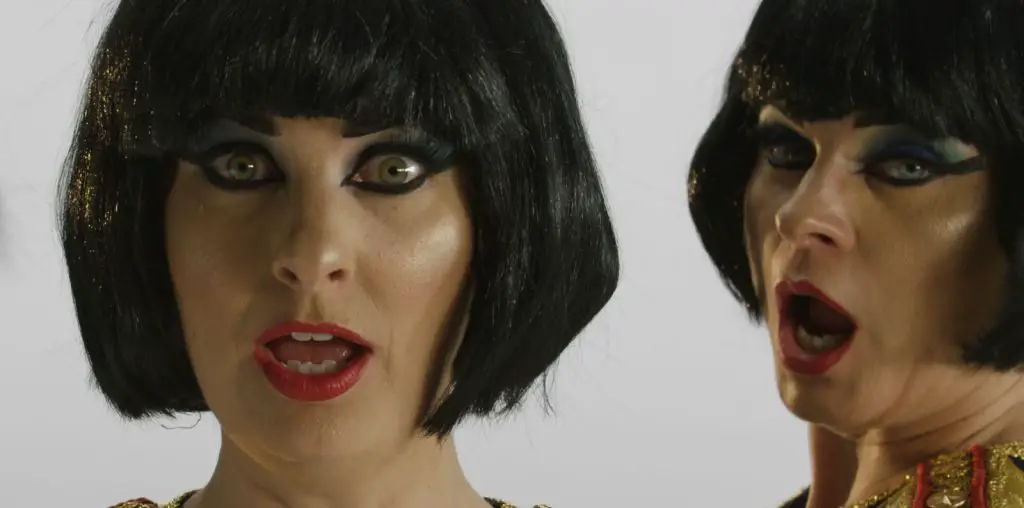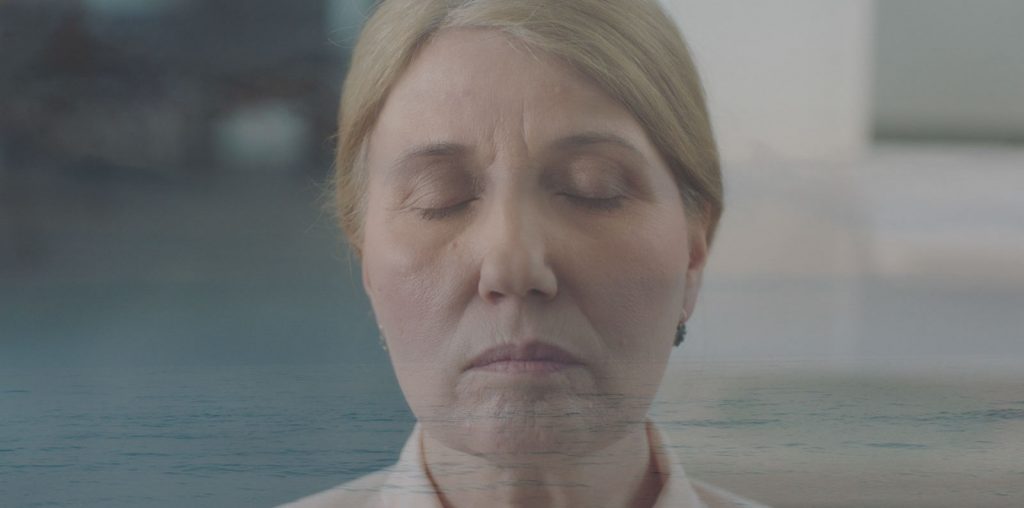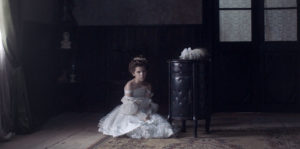
Nations are founded on exploitation and violence. Spanish-Chilean director Théo Court’s White on White (Blanco en Blanco) takes us to Argentina’s Tierra Del Fuego in the first few decades of the twentieth century as white speculators and landowners carve up the rugged landscape, extract its resources, and advance a brutal genocide against the native population. The filmmaker and co-writer Samuel M. Delgado give the viewer a snapshot of South American history along with the fevered ideologies of the timeframe of land acquisition and at-all-costs utility. Violence is both systemic and personal. We are thrown into a world wherein economic competition amongst men is fierce. The surplus of that violent male competitiveness is channeled toward women and natives.
Court establishes the setting in the first shot. We are shown sublime snowy peaks, isolated houses in the middle of vast wilderness, and interiors lit by candle that give everything a gothic tone as if one were witnessing Henry James’ The Turn of the Screw. The narrative of White on White is told from the perspective of Pedro (Alfredo Castro), a hired photographer on his first day of duty on the property of Mr. Porter. His job is to take photos of the upcoming wedding.
The irony is that Pedro, a man whose job involves capturing moments, cannot seem to seize a glimpse of the elusive Mr. Porter. Instead, the employees working for Porter talk about him with great respect and a kind of fear and trembling. They speak of how busy Mr. Porter is and of his many important duties. It is as if he is both a man and a metaphysical idea driving everyone onward in their labor, exploitation, and violence.
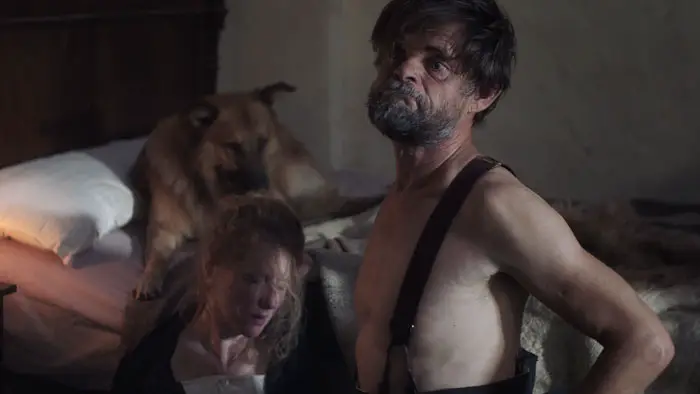
“Pedro’s first assignment is to take photos of the bride.”
Pedro’s first assignment is to take photos of the bride. When the bride-to-be, Sara (Esther Vega Pérez Torres), walks into the room in her wedding dress, it takes one a moment to recover from the initial shock. She is a child-bride. Sara’s expressive scowl says how unhappy she is to be marrying the elusive Mr. Porter. Pedro poses her for the photos as best he can. The scene is beautiful beyond words. The natural light streaming in from the window makes the entire scene painterly, almost as if Las Meninas were set in Argentina’s Tiera Del Fuego.
It’s not just The Turn of the Screw and Las Meninas that come to mind when watching White on White. Pedro develops an erotic obsession toward Sara, reminding one also of Death in Venice. It is as if Pedro himself — the most outsider character relative to Mr. Porter’s employees — cannot stay above the exploitation going on around him. This exploitation only grows throughout as viewers catch an offhand reference to the “savages” roaming around the region.
I cannot say enough about Court as a director. Visually he is top-notch. Castro gives an amazing performance and reminds us that when acting is done right, it looks and feels effortless, though we know it is not. Speaking of performances, young Esther Vega Pérez Torres, though given little dialogue, takes every scene to the next level with her melancholic and stiff demeanor. Sometimes acting involves much more than dialogue, and Pérez Torres is proof of that. In fact, the most consequential scene, which contains minimal dialogue, occurs early on between the two of them. Castro’s character poses Pérez Torres’ character and directs her to “smile and stay like that.”
The final scene of White on White has Pedro posing a different set of subjects. In it, the line between aesthetic beauty and butchery becomes blurred. Though uncomfortable, this intense drama deserves to be seen by all serious cinema lovers.
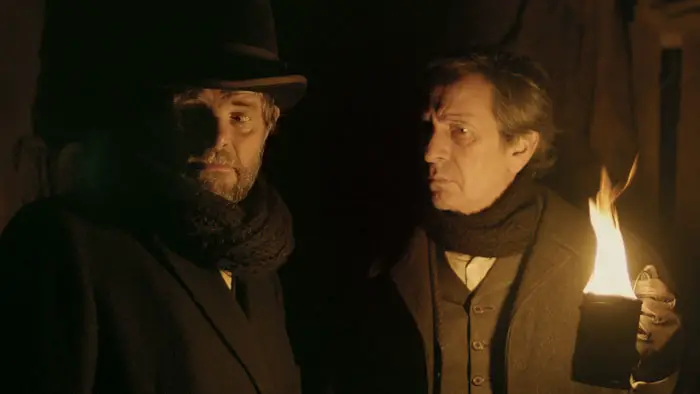
"…deserves to be seen by all..."

